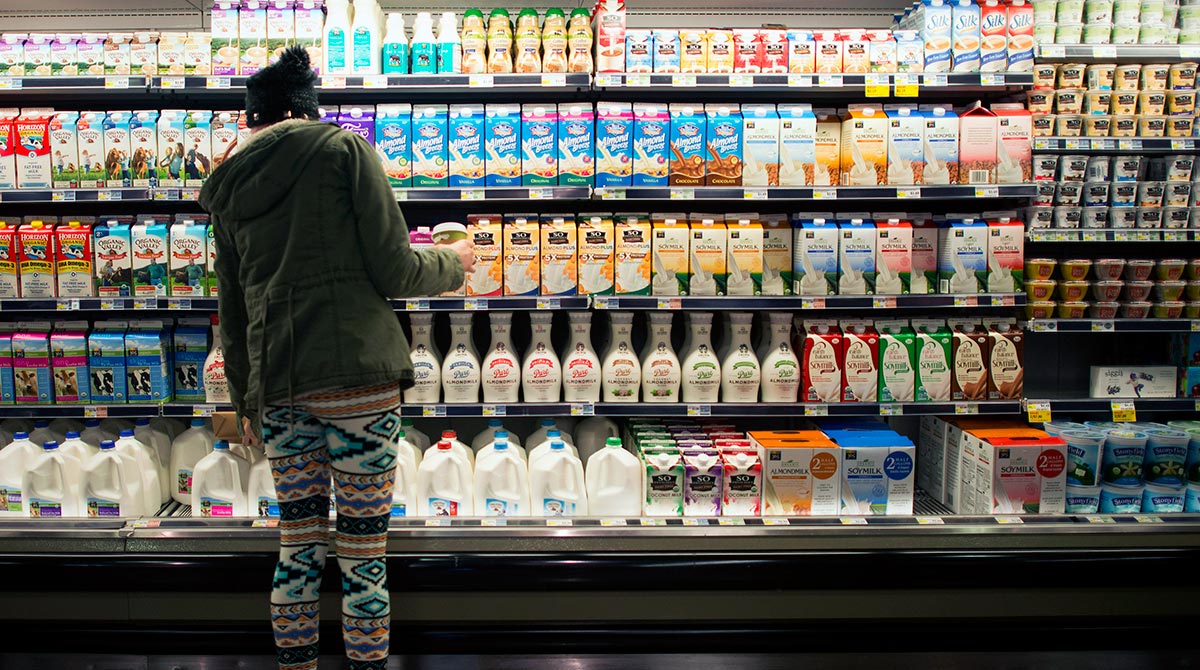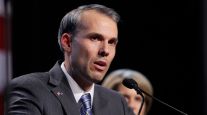Consumer Sentiment Reaches Seven-Year High

Consumer confidence rose more than forecast in November, reaching a seven-year high and indicating Americans will be in the mood to step up holiday spending.
The Thomson Reuters/University of Michigan preliminary sentiment index increased to 89.4, exceeding the highest estimate in a Bloomberg survey and the strongest since July 2007, from a final reading of 86.9 in October. The median projection called for a gain to 87.5.
A stronger labor market, cheaper fuel costs, and near-record stock prices are brightening consumers’ spirits as the busiest time of the year for retailers gets under way. Bigger wage gains would probably drive sentiment and boost household spending, which accounts for almost 70% of the economy.
“Retailers should expect a good holiday season ahead,” said Brian Jones, senior U.S. economist in New York at Societe Generale, whose sentiment projection of 89 matched the highest in the Bloomberg survey. “Gasoline prices are going down. You’ve given every American a tax cut going into the holidays.”
Estimates in the Bloomberg survey of 71 economists ranged from 85.9 to 89. The index averaged 89 in the five years before December 2007, when the last recession began, and 64.2 in the 18-month contraction that followed.
The gauge of Americans’ expectations about the economy six months from now climbed to 80.6 in November, also the highest since July 2007, from 79.6 last month.
The gauge of current conditions, which measures Americans’ views of their personal finances, jumped to 103, the highest in more than seven years, from 98.3.
The figures are in line with other recent measures of sentiment. The Bloomberg Consumer Comfort Index was the second-highest since January 2008 in the week ended Nov. 9 as Americans grew more upbeat about the economy.
The Conference Board’s measure of confidence climbed last month to a seven-year high as consumers’ expectations for the next six months rose to its highest since February 2011.
Employment on track for the best year in 15 is helping to underpin Americans’ spirits. Employers have added an average 228,500 workers a month to payrolls so far this year, the strongest pace since 1999. Economists surveyed by Bloomberg from Nov. 7-12 project the economy will add an average of 225,000 workers a month to their payrolls this year.
A report yesterday from the Labor Department showed the number of unemployed vying for each available job is dropping. About two jobless workers were pursuing each opening in September, the fewest since early 2008 and down from almost seven in July 2009. Bigger wage increases are probably in store for Americans, who are also finding relief at the gas pump.
The average nationwide cost of a gallon of regular fuel was $2.91 Nov. 13, the cheapest since December 2010 and down from a 2014 high of $3.70 in April, according to figures to AAA, the biggest U.S. auto group.
The drop in gasoline prices helps explain why households are more sanguine about inflation. Consumers expect inflation to be 2.6% higher five years from now, matching the smallest increase since September 2002.
Those with stocks in their investment portfolios have reason to be more upbeat. The Standard & Poor’s 500 Index has gained 10.3% for the year through yesterday and close to a record high.
At the same time, limited wage growth and pockets of weakness in the labor market are tempering enthusiasm. Average hourly earnings rose 2% in October from a year earlier, matching average since the last recession ended in June 2009.




